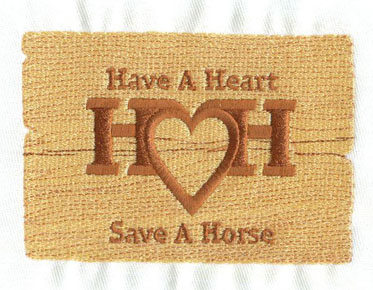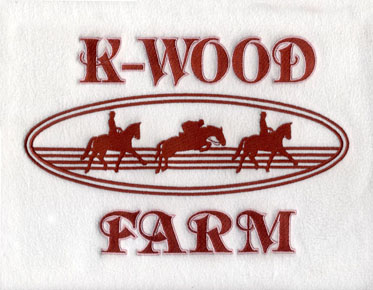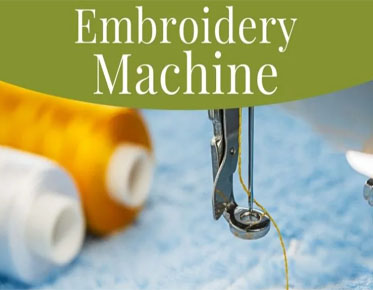How To Make An Embroidery Pattern For Anything Anybody Wants
Have you ever wanted to learn how to make your own embroidery patterns, but can't draw? Or did you come up with your own designs and wonder if someone would like them? The following content also has some reference value for Eagledigitizing
Finding the perfect design for your custom embroidery project can be a difficult task. Fortunately, Canva to the rescue! A free online tool that makes designing, sharing and selling posters and graphics is also a great option for creating custom embroidery patterns. Read on to find out how I used it to design my own pattern for embroidering onto a bag.
Believe me. . . It's super easy and quick to do once you know how to do it!
Design your own custom embroidery pattern
But first, why do I recommend using Canva
to design your own custom embroidery patterns?
Well, first of all, Canva is free to use.
There is a "Pro" version, but you don't necessarily need it to do
something like this. It's also quick and easy to use once you understand where
everything is and how to mock up your design.
How to Make Your Own Embroidery Patterns Using Canva
Step 1: Create a new design in Canva.
Open Canva in your web browser (if you've
never used it before, you may need to create a new account).
Click the Create Design button and select Custom Size.
If you're using an embroidery hoop, set the design an inch larger than the size of the hoop. For example, if you're using a 7-inch hoop, set the design to be 8-by-8 inches.
If you're going to stitch your design to something else - like an art canvas - then you can go ahead and set your design to be the same size as the canvas. Just remember to leave a border around it so your design looks focused when you're done.
Step 2: (Optional) Add circles to the design.
If you are using an embroidery hoop, adding a circle to the design will help you visualize how the final design will look.
You should be able to find a circle in the "Elements" section of Canva. What I like to do is make the circle the same size as my hoop (say 7 inches) so I know exactly where I want everything in the design.
As you resize the circle, you should see its dimensions pop up. Continue resizing the edges until you reach the desired size, then move the circle to the center and symmetry of the design.
Step 3: (Optional) Import your image into Canva.
If you want to use an existing image, such as a line drawing, you can "upload" it to Canva using the menu on the left side of the screen.
You can find drawings that are free to use on sites like Pixabay, so you don't have to draw anything yourself.
If you're selling embroidery or patterns, be sure to check the terms of business for the image you're using. Pixabay is usually okay, but if anyone questions where the original design came from, I always screenshot the image before downloading it.
Canva also has an image library that you can use for free (yes - even commercially!
You can also add text and numbers to the design to help you personalize it. Navigate through Canva's left-hand menu to see exactly what's possible.
Step 4: Add images or text to the design.
Arrange your images and/or text to create your designs. You can also make each element larger or smaller as you create the model.
Step 5: Once you're happy with your design, download it and print it out on paper.
I usually download my designs as PDFs because I think it's easier to print them that way. You should see the "Download" option in the upper right corner.
Step 6: Transfer the Design from the Paper to the Fabric.
Once you're happy with your design and how it will look when printed, it's time to transfer it to your fabric.
Here are my tips on how to do it:
*Fasten the fabric to the embroidery hoop -
as usual.
*Cut around the printed circle and use
washi tape to stick it to the back of the fabric. Since you made the circle the
same size as your hoop, you should find it snugly inside your hoop.
*Place the light on your embroidery hoop.
This should help you see your design through the fabric. You can use a
lightbox. Sometimes, a laptop or iPad screen helps too.
*Trace your design on the fabric. You can
use erasable fabric pens, white chalk, or even tailor's chalk.
*Remove the paper and tape. Because it's time to sew!
Step 7: Sew Your Design.
I'm sure you know this part inside out! *wink*
Step 8: Erase the handwriting.
To erase pen marks, wipe the fabric with a damp "magic eraser" or use a professional fabric eraser.
Whatever you choose to erase your marks,
don't scrub too hard! A light tap is enough. you have it! Your own custom
embroidery is designed and sewn by you...and no drawing is involved!



